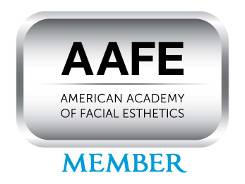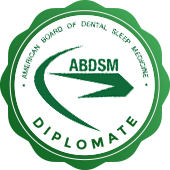 Routine dental cleanings by a family dentist are essential for maintaining excellent oral health. Although it is crucial for patients to practice good oral hygiene daily at home, regular visits to a family dental practice allow for a more thorough tooth cleaning than patients can achieve on their own. Knowing what to expect before visiting the dentist for a cleaning can help ease any concerns a patient may have about the process.
Routine dental cleanings by a family dentist are essential for maintaining excellent oral health. Although it is crucial for patients to practice good oral hygiene daily at home, regular visits to a family dental practice allow for a more thorough tooth cleaning than patients can achieve on their own. Knowing what to expect before visiting the dentist for a cleaning can help ease any concerns a patient may have about the process.
Visiting a family dentist for a cleaning
Although most people know that regularly scheduled dental visits, usually twice a year, are important to dental health, for some individuals it has been a while since the teeth were professionally examined. For those patients, it may be helpful to learn what a typical cleaning visit entails.
Examination
The first step in the dental cleaning process is an examination. This inspection is usually performed by a dental hygienist. The hygienist looks for areas of concern, such as swollen or bleeding gums or dark spots on the teeth that could indicate a cavity. X-rays may be taken during the initial inspection to provide further information. Any areas of concern are noted so they can be addressed during the cleaning and evaluated by the dentist.
Plaque removal
Before the teeth are flossed and brushed, the hygienist removes hardened plaque with special tools. Even patients with excellent oral hygiene compliance still experience plaque buildup over time. Hardened plaque becomes tartar, which is difficult to remove without the help of a professional using a scaler. Once the plaque and tartar are removed, the teeth can be properly cleaned.
Cleaning and polishing
The actual cleaning process involves the use of a flavored toothpaste that has a gritty texture. The dental hygienist uses this abrasive paste to polish the teeth and remove stains, bacteria, and any other remaining debris. The teeth are then rinsed and floss is used to remove any particles trapped between the teeth.
Fluoride
Some patients choose to have fluoride treatments after the teeth have been polished. These treatments provide a protective barrier that strengthens tooth enamel. The extra layer of protection helps fight tooth decay between dental cleanings. Not all patients choose to have a fluoride treatment, and the dentist can make a recommendation or determine if it is necessary.
Discussion
Any concerns that arose during the examination or cleaning are discussed with the family dentist so a plan of care can be made. For example, if cavities or gum disease are discovered, the dentist recommends a course of treatment. Patients also receive at-home dental hygiene advice, such as what type of toothbrush and toothpaste to use and what brushing techniques can lead to an improved outcome.
Conclusion
Knowing what to expect before visiting a family dentist helps patients prepare for the visit. Although individual circumstances dictate the exact steps, a similar process is followed for the majority of patients when it comes to routine dental cleanings. Such cleanings are an important part of total dental care, though they are not a substitute for at-home daily oral hygiene efforts.
Request an appointment or call Artisan Dental at 425-454-2005 for an appointment in our Bellevue office.
Related Posts
Most patients know they should visit their family dentist every six months for a checkup. It is not recommended to skip these biannual checkups, even if you have great oral health. Dentists provide not only restorative treatments to correct oral health conditions but also preventive treatments to help patients avoid those conditions in the first…
Your family dentist can apply dental sealants as an effective way to protect the chewing surfaces of your child’s teeth. The sealants are in liquid form but harden when in contact with saliva. This preventive treatment can help protect your child’s teeth from bacteria and food particles. Here are the details on when your family…
Urgent dental matters are not something that people can always prepare for. However, a family dentist may be able to help with these sudden and immediate dental needs. Depending on the type of dental emergency, prompt treatment can help to preserve as much of the natural tooth as possible and prevent further damage.A lot of…









